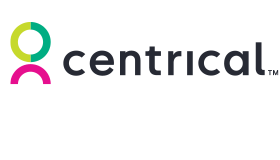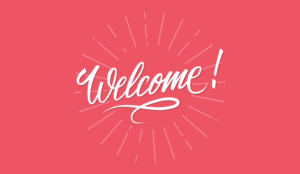“You’re hired! We’ll see you in two weeks!”
This should seal the deal for your new hires, right? The offer is accepted, and a start date is established. The next step is onboarding, and then your new hires are off to the races. Right?
*Cue the very loud sound of a record scratch*
Maybe not. The odds are good the new hire won’t be clocking in come day one. And we both know that churn isn’t cheap. Fortunately, there are ways to curb first-day ghosting (and attrition in general) which we’ll cover in this article.
Why Ghosters Gonna Ghost
To better understand the phenomenon of first-day ghosting, it’s important to look at the post-acceptance period (logistics and set-up) where employees are waiting on their equipment and/or credentials, as well as background checks.
Or maybe they are just waiting for their first day. This “lull” is common for most companies and is a point where they lose people.
It’s a period of low engagement that makes it easy for the new hire to walk away. And many do, for a variety of reasons, which could mean they accept another offer (which could be for higher pay, flexible scheduling, a shorter commute, or a preferred work environment, such as hybrid or remote versus in-person).
While some new hires will jump for other offers regardless, they are less likely to do so if they connect with the organization early, even before they start.
First-Day Ghoster Busting
Not everything a new hire does is within your control. They might really need that shorter commute, or to have their Wednesday evenings off.
But staying engaged with new hires during pre-boarding and delivering a personalized experience helps put the odds in your favor. Some tips:
Assign a “Buddy.”
Have someone assigned to reach out to new hires on the regular. This human-centric approach provides an open line of communication, making it easier for the employee to ask questions and the buddy to follow up on things, such as paperwork or equipment status.
Engage Early and Often During Pre-Boarding.
This is a prime window to stay front-of-mind and get certain things out of the way to make onboarding much more efficient.
Here are a few ideas:
Welcome Communication
This note should include a warm welcome message, confirmation of the title, start date, pay, where to report on day one, and other pertinent info.
Paperwork and Orientation Materials
Getting these taken care of during pre-boarding helps connect the new hire with the job and saves a bunch of time during onboarding.
FAQ and Support Channels
These are super-helpful and will not only help the new hire feel more confident when they start but can also serve as a great conversation starter with the pre-boarding point of contact, helping with communication and engagement.
(Note: When sending items that need to be completed, such as paperwork, consider gamifying the experience.
By attaching redeemable points to these tasks, new hires will be more motivated to complete each item, feel a sense of accomplishment as they progress, and will have something to look forward to when they start.)
Make Introductions
Have the new hire’s supervisor (and team!) send a virtual intro where the entire team introduces themselves at once. (Tip: ask the new hire to send their own intro video!)
Show Them Around
Whether the new employee is remote, hybrid, or in-person, offering a virtual office tour helps tremendously in making the new job “real.” It is also a welcoming gesture, helping the new employees feel like part of the company.
Provide IT and System Access
Nothing says “this new job is happening” like system access. While some areas might be off-limits because of compliance and security concerns, setting up email and other credentials not only helps solidify the offer but saves lots of time on day one.
Quick Note: We know you know this. BUT. Space these communications out, combining where it makes sense.
Sending everything at once or in rapid succession will not only overwhelm the new employee (who is likely finishing up at their old job) but will not keep a communication tempo that is conducive to continued engagement.
This blog post has been re-published by kind permission of Centrical – View the Original Article
For more information about Centrical - visit the Centrical Website
Call Centre Helper is not responsible for the content of these guest blog posts. The opinions expressed in this article are those of the author, and do not necessarily reflect those of Call Centre Helper.
Author: Centrical
Published On: 11th Dec 2023 - Last modified: 9th Dec 2024
Read more about - Guest Blogs, Centrical






 Centrical provides a real-time performance management, microlearning, gamification, coaching, and voice of the employee platform for frontline teams. The solution inspires and personally guides employee success and growth by making every moment actionable.
Centrical provides a real-time performance management, microlearning, gamification, coaching, and voice of the employee platform for frontline teams. The solution inspires and personally guides employee success and growth by making every moment actionable. 








